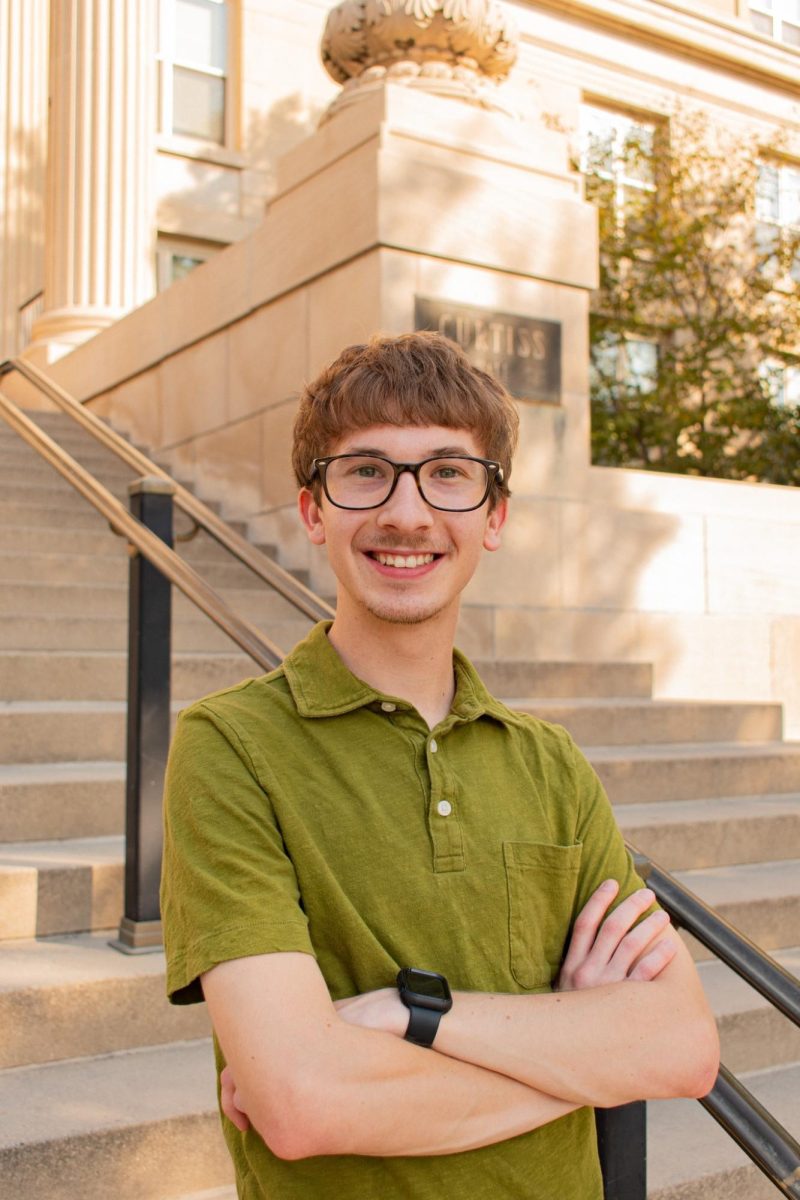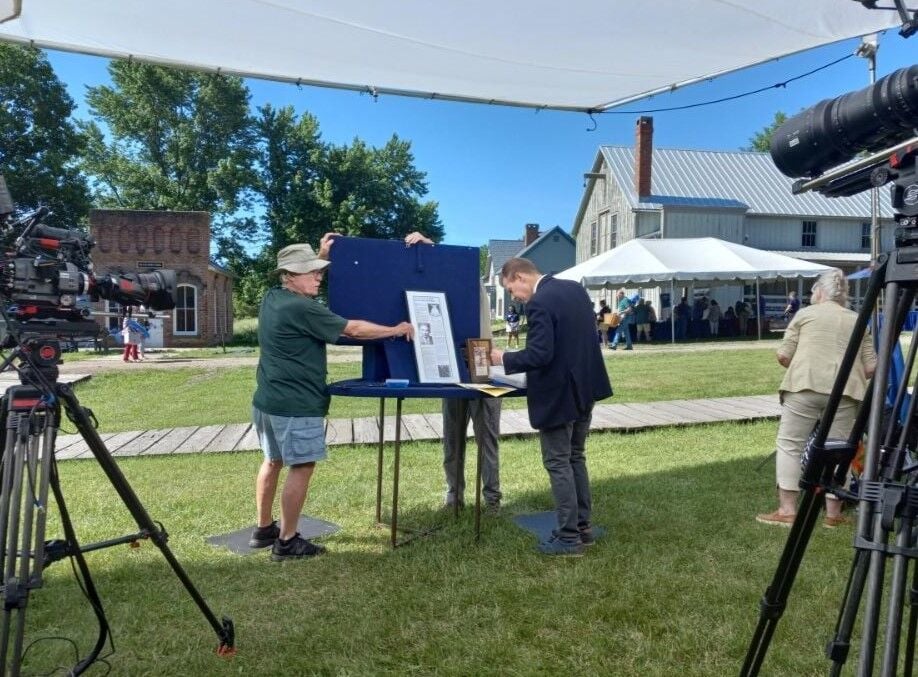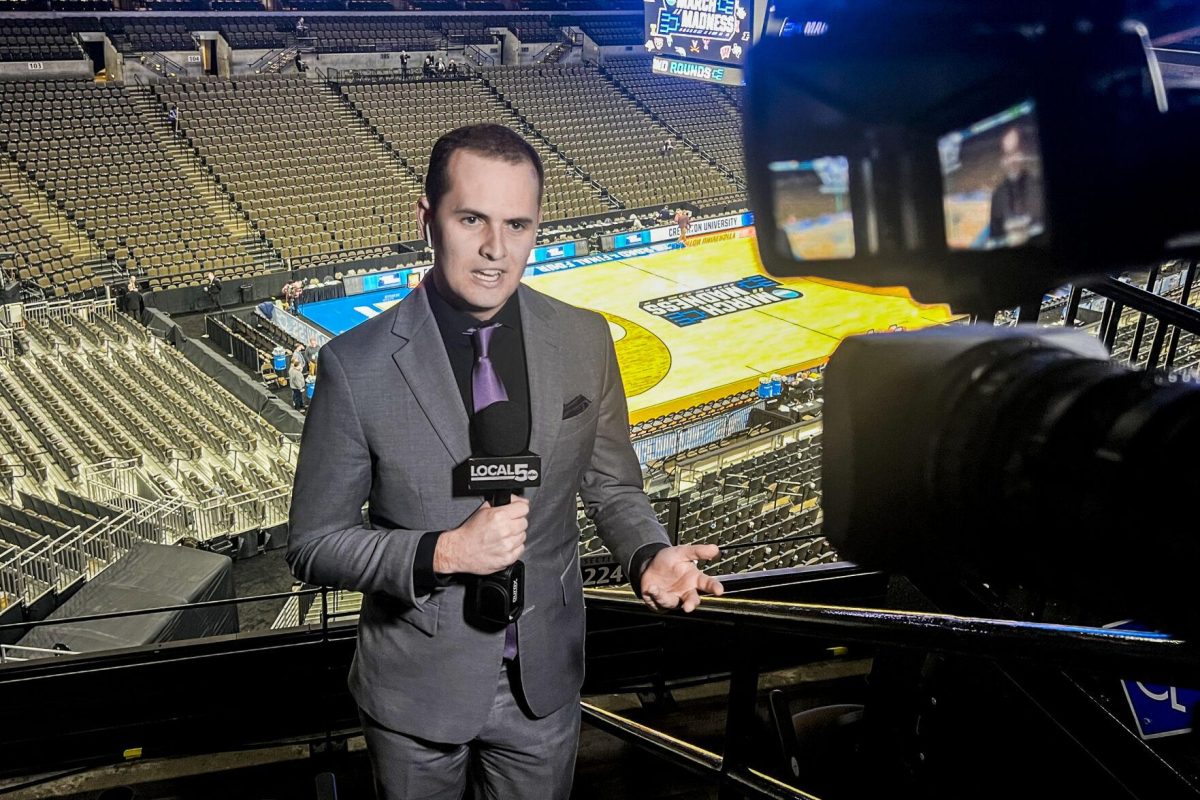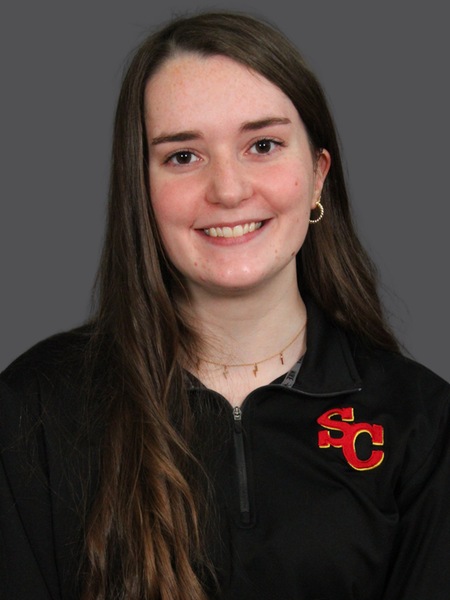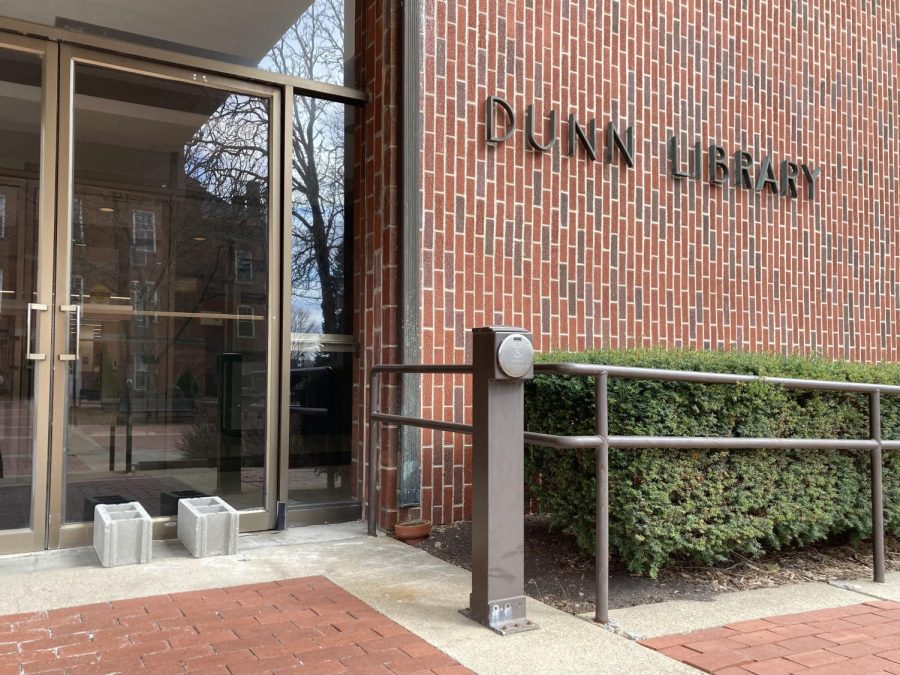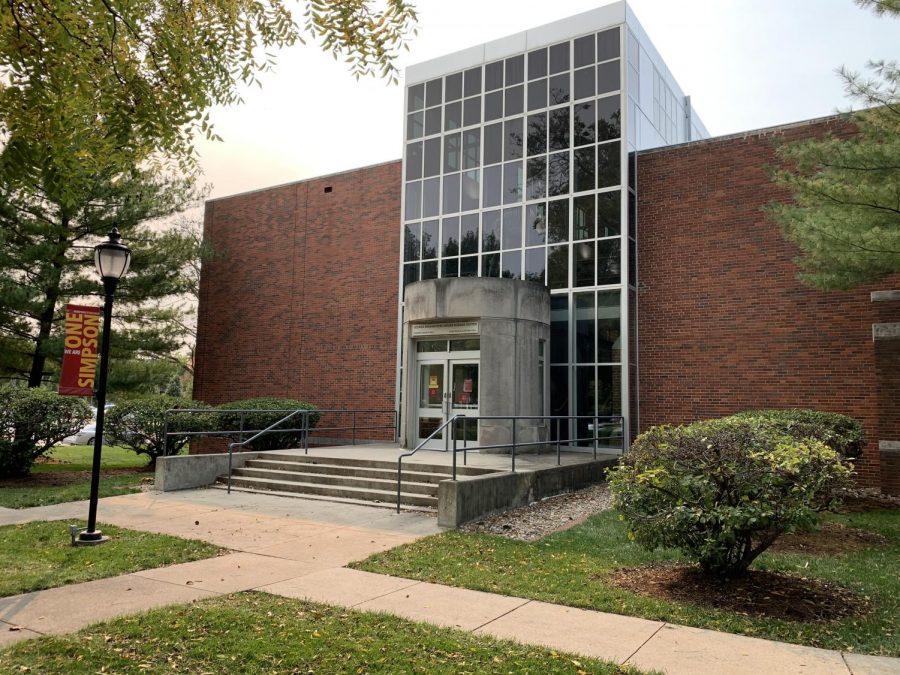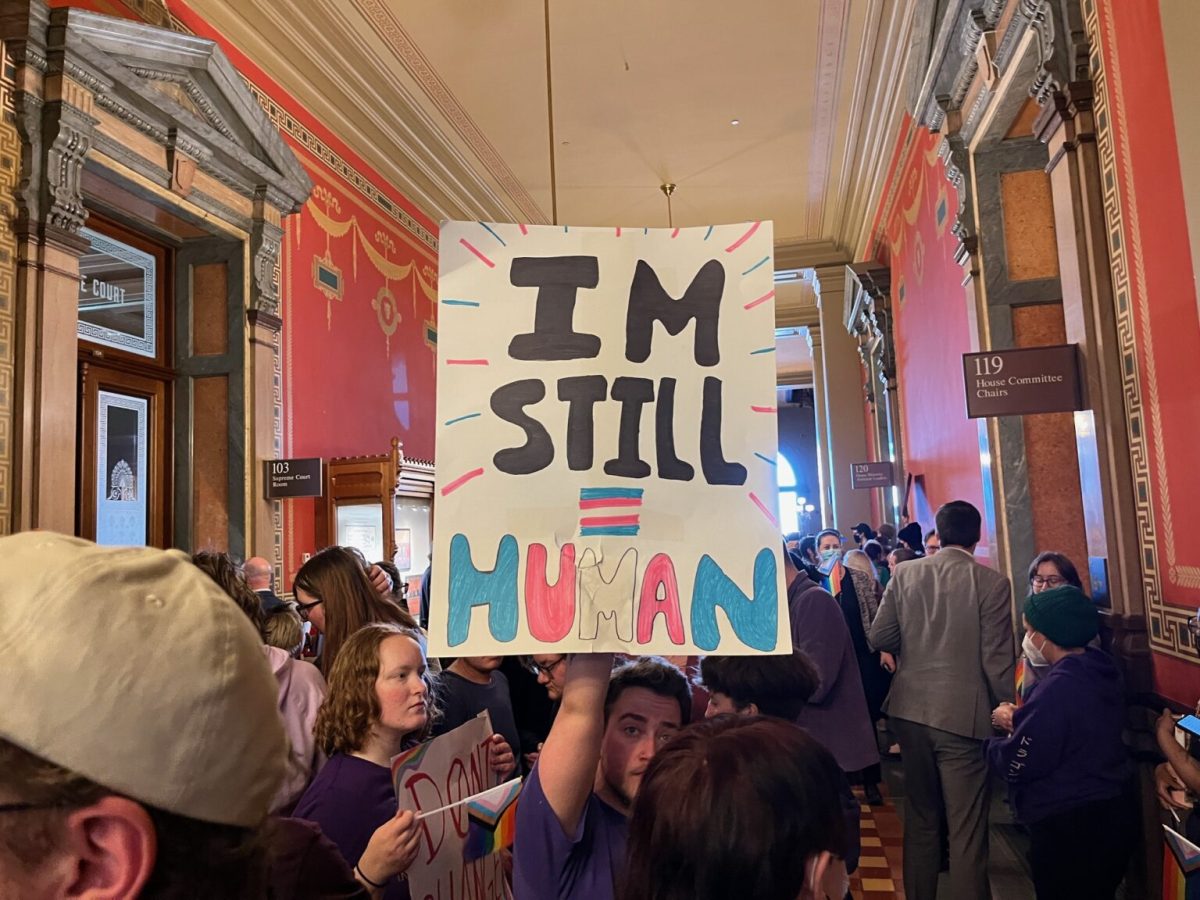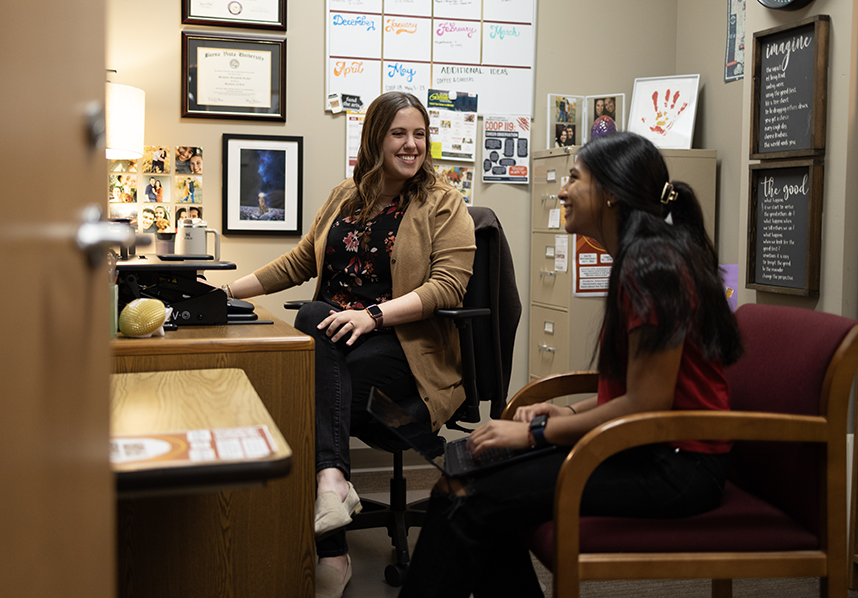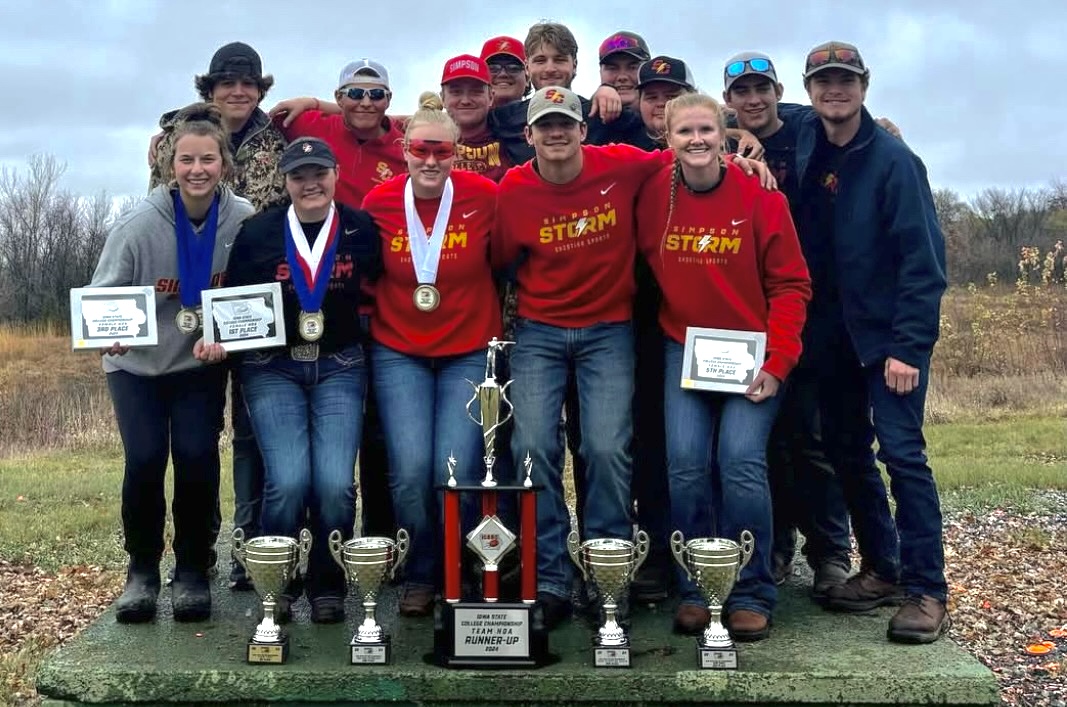This year marks the return of an old tradition at Simpson, the homecoming court and royalty. And as it turns out, the crown holds a heavy history.
This event hasn’t happened since 2018, between COVID years and discussion of the event being too old-fashioned.
While kings and queens have reigned in years passed, this wasn’t always what they were called, nor was it always a part of homecoming.
The tradition began in 1938, just eight years after Simpson began going by the “Redmen” and 18 years after homecoming became an annual event, though it wouldn’t be until 1944 that the royalty would be elected by the student body.
1939 would be different and introduce a longer-standing tradition that went alongside the name but was racially insensitive.
Before the name change, Simpson homecoming kings and queens were called “Braves” and “Indian princesses,” in addition to a faculty member being selected as the “Big Chief.”
That 1939 Homecoming, at a huge bonfire the night before the game (also a past tradition), Dorothy Spence, who was of partial Mohawk descent, reigned as the first Princess and voice professor Lester E. Spring as the first Big Chief.
“Brave” wouldn’t be introduced until two years later, in 1941, though the reason for the addition or exclusion of it in the first place is unclear.
An article written in the Simpsonian from 1941 says, “Jo Spring of Indianola and Mike Reed of Braddyville have been selected as Indian Princess and Brave to reign over this year’s Homecoming season. It was announced Saturday by Miss Kurtz and Mr. Hartung. These two were picked by the directors of the dramatic and speech department for their physical appearance and the adaptability of their facial characteristics for make-up to portray their Indian roles.”
It seems that this was how they selected the royalty at the time, on the basis of their physical adaptability to Native American makeup and resemblance of their features.
We can recognize that this was not an appropriate tradition, but it is a part of Simpson’s history all the same. They realized the same in 1969 when they finally did away with their racist depictions in favor of the more traditional king and queen.
A year before this, the Black Student Organization (now known as the Black Student Union), created the “Black Queen,” a Black student voted on by Black members of the organization, to appear alongside the other royalty. This was in an effort to increase Black voices at Simpson.
The name was not the only controversy that faced the royal court, however. During the Vietnam War and also in 1969, the Simpsonian staff wrote about their belief that Simpson having Homecoming festivities still go on while a war goes on was insensitive at best.
“Homecoming belongs to a long-gone era; an era of goldfish swallowing, phone booth stuff, etc. Vietnam is one of the major disasters which this country is facing. Students can not afford to be apathetic and uninvolved in this situation,” they wrote. “Priorities here at Simpson must be changed. More emphasis should be put on issues which involve students: they will be affected by Vietnam, yet Homecoming will not really be missed. Last year, Grinnell voted to not have any homecoming king and queen; this is a step in the right direction.”
In retaliation, they received a petition signed by 115 students at the time who felt that Homecoming coverage was “shamefully snubbed by the insignificant happening of the Vietnam Moratorium.”
Janey Gleichenhause, Assistant to the Editors in 1969, wrote a rather sarcastic response to the petitioners, claiming that “this petition is a perfect example of the idiocy and misdirected values of Simpson students.”
The tradition continued to be divisive, with the Student Senate nearly axing it altogether multiple times, one year even seeing a representative from each housing unit become a member of “Homecoming Royalty.” This resulted in 16 people reigning over Homecoming in 1975, in an effort to achieve more “unity” during the annual celebration.
The basic king and queen approach would return in 1976, though and continue on through the decades, giving Simpson’s student body the ability to choose who they believe is fit to reign over Homecoming.
Even Simpson College President Jay Byers was on homecoming court during his time at Simpson in the fall of 1990, representing his class alongside Kammie Parkhurt.
There were 41 names are on the ballot for this year, including: Adrianna Ruble, Andrew Gibb, April Archibeque, Ava Carder, Blake DePhillips, Caleb Geer, Caroline Kinkead, Cassie Nash, Clare Veren, Cooper Nuss, Courtney Paxton, David Hollingsworth, Elise Boulton, Eric Simon, Gracie Swick, Hailey Kowzan, Hannah Rosenfeld, James Murray, Jenna Ducett, Joecelyn Kuker, Julia Wilson, Kendra Campbell, Kevin Chen, Kylie Robinson, Lexy Lemke, Maggie Hall, Makayla Johnson, Max Cleveland, Megan Hall, Michael Struve, Michelle Pritchard-Hall, Mya Whitaker, Nicholas Warrington, Payten Coates, Sabrina Baker, Scout Peery, Sydney Walljasper, Teagan Twonsend, Treye Teske, William Bacus and Liam Weber.
Ballots will be open until 4:30 p.m. on Thursday, Oct. 12. The 10 individuals who receive the most total votes will be named to this year’s Homecoming Court.
Court members will be notified of their selection via email by 9:00 a.m. this Friday and will be introduced to campus during Yell Like Hell at 6:30 p.m. Once introductions have been made, the hosts will announce the two individuals who received the most votes and crown them as their year’s Homecoming Royals.






